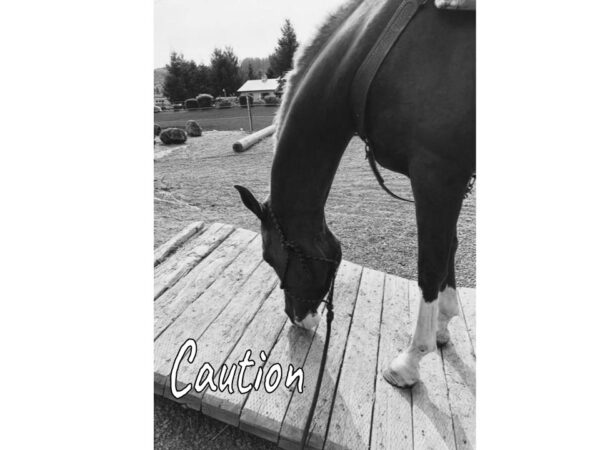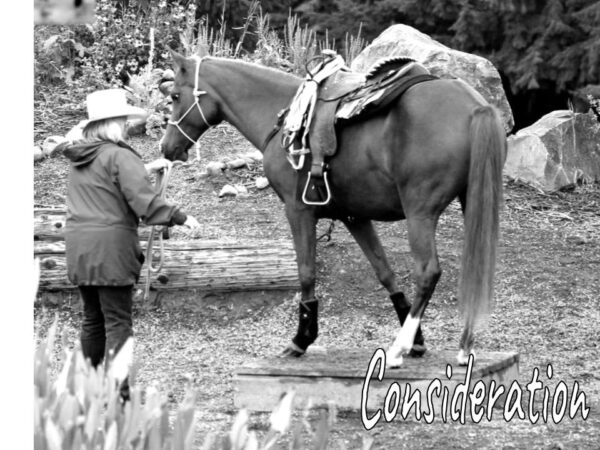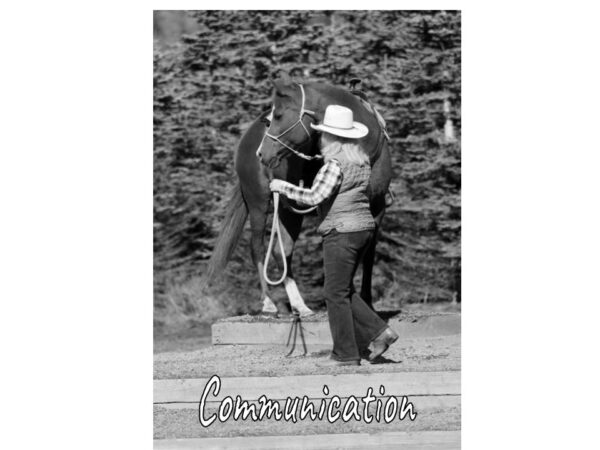We are pivoting, again.
Pivot? I keep hearing this word, and the famous phrase from The Princess Bride keeps running through my head: “You keep using that word. I do not think it means what you think it means.”
In the dictionary, pivot (v.) means to turn in place, as if on a point. Synonyms include rotate, revolve, and swivel. I get it, because what it means in a staff meeting is that yesterday may have been an in-person hybrid day, but now we are pivoting to fully remote teaching temporarily, due to a rise in cases of Covid-19 in our district. We are swiveling, changing direction, quickly without pause. We have done it three times this year, and it looks like we need to be prepared to pivot in the future. This is the new normal in education, shifting to meet the immediate needs of our students. Not a bad thing, in general.
However, I don’t want to merely pivot, at least the swivel variety of pivot. In business, a pivot is a true change of course. The product is not selling, so change the product or get a new one to sell. I’m feeling more like that. Students are failing in record numbers. Teachers and students are struggling with engagement and isolation. Not only is this a problem in itself, but it has also revealed and highlighted some troubling pre-existing conditions in education. (There are many, so I will leave you to imagine your favorites.)
In his book Pivot, motivational speaker and CEO Adam Markel gives several definitions of the word as a noun: a shift in business strategy, a pivot joint that bends without breaking, and a critical point in a lever. He uses his philosophy to counsel individuals and companies through meaningful change. That is the real pivot: creating new beliefs, then creating new behaviors. BEING a pivot, not just pivoting.
I want to be a pivot point. I don’t want to swivel back and forth and struggle making it work when it clearly doesn’t. I want to look at what is wrong with my practice as a teacher and take meaningful action for meaningful change.
Markel uses basketball as his analogy when explaining a pivot. But I have one that works better for me. My sport is an equestrian discipline called Mountain Trail. In this sport, we ride horses over challenging obstacles to demonstrate our skills, confidence, and partnership with the animals. We pivot a lot. When we pivot, it is usually on sturdy wooden structures – a box, a bridge, or a horse-sized teeter-totter. This can be difficult, as you can imagine.
To me, using horse analogies for teaching is second nature. When my student, human or equine, plants his or her feet in the face of a new lesson, I apply many of the same tactics. I take time to learn about them and their fears. I work on building trust between us. I make my instructions clear. I apply pressure, but just enough, offering encouragement and guidance along the way. I allow them to fail now and then, and coach them through it to the next success. It’s all about trust and the right amount of pressure and support.
For the pivot concept, there is something that resonates with me in the equestrian analogy. We pivot our horses from 90 to 360 degrees before stepping off the obstacle. Ideally, we complete the obstacle fluidly and then exit straight and move on to the next. Our pivots don’t drop us off in the same place we were before. We are on a course. We have more obstacles to master ahead of us.
So my new pivot policy is going to be more driven by the course in front of me. I will use my analogy to inspire the productive struggle ahead. But this will not be a swivel. I have big plans, giant obstacles to conquer – new methods for grading, conducting class, assessing work, supporting students. I have so many ideas for this new course of obstacles, but I will take them on one by one.
Here is my analogy with visual aides for the steps of my “pivot:”

CAUTION: I am about to make some serious changes and attempt to navigate some tough obstacles. For instance, I plan to toss out my old methods for grading and build new ones based on Steve Paha‘s 3P grading system. So, in partnership with my students, we will approach this obstacle with caution. Together we will build our confidence as we go.

CONSIDERATION: I have a team around me – my administrators, my colleagues, my students. I need to consider how they will react to the obstacles I am planning to overcome. I want to improve student engagement and motivation. How will my team help me? What is going to make them nervous or unsure?

COMMUNICATION: To enact change, I will need to be very clear in my communication. One false step could be a disaster. I need to carefully prepare for changes and guide my team through them, step by step. If it is worth doing, it is worth taking the time to be sure we all know the plan.

COMMITMENT: There is an old saying about horses and jumping fences: Throw your heart over first and the horse will follow. I have got to want this, to believe in the change that is needed. And I will need to push through the wobbles and missteps to conquer the obstacle.

COURAGE: Failure may happen. Not every obstacle goes smoothly. Sometimes we balk and have to try again another day. Regardless, we have to be brave to enact change. We have to keep our eye on the course. Where do we want to go? What do we want to achieve?
In closing…
Pick your own analogy. But I think we all need to pivot somehow. We have the opportunity to reinvent our practice. So, examine the obstacles in front of you. Set your course. Make a change.

I definitely feel like the pivot has turned to a spin for many of us, just like what you warn against! I was reminded recently by a colleague about focusing on what is in my control… the changing policy at district/state level around re-opening is not in my control, but what I design for my students is. In that vein, I’m also reminded of the work of Adeyemi Stembridge, whose planning design guidance emphasizes “what do we want students to feel?” That has become my focus point on the horizon to always re-orient to, even as the ground I stand on lurches and shifts and forces me to pivot…
You hit on something very important, Mark. We need to hold on to a pivot point, like how students are feeling, to stay steady and true in our work. I love that. I will check out Stembridge’s work. It sounds fitting for these times.
Lynne, I love the way you pivot from survive to thrive, even during crisis.
I checked out the grading system you recommended. I kinda love it! I sent it up to one of our district’s directors. Who knows? I might get the ball rolling here, too!
I love that: From survive to thrive!
I need a poster for that.
You know, I mentioned the grading shift at a staff meeting and no one seemed too put off. These are the times to make those shifts, I think.